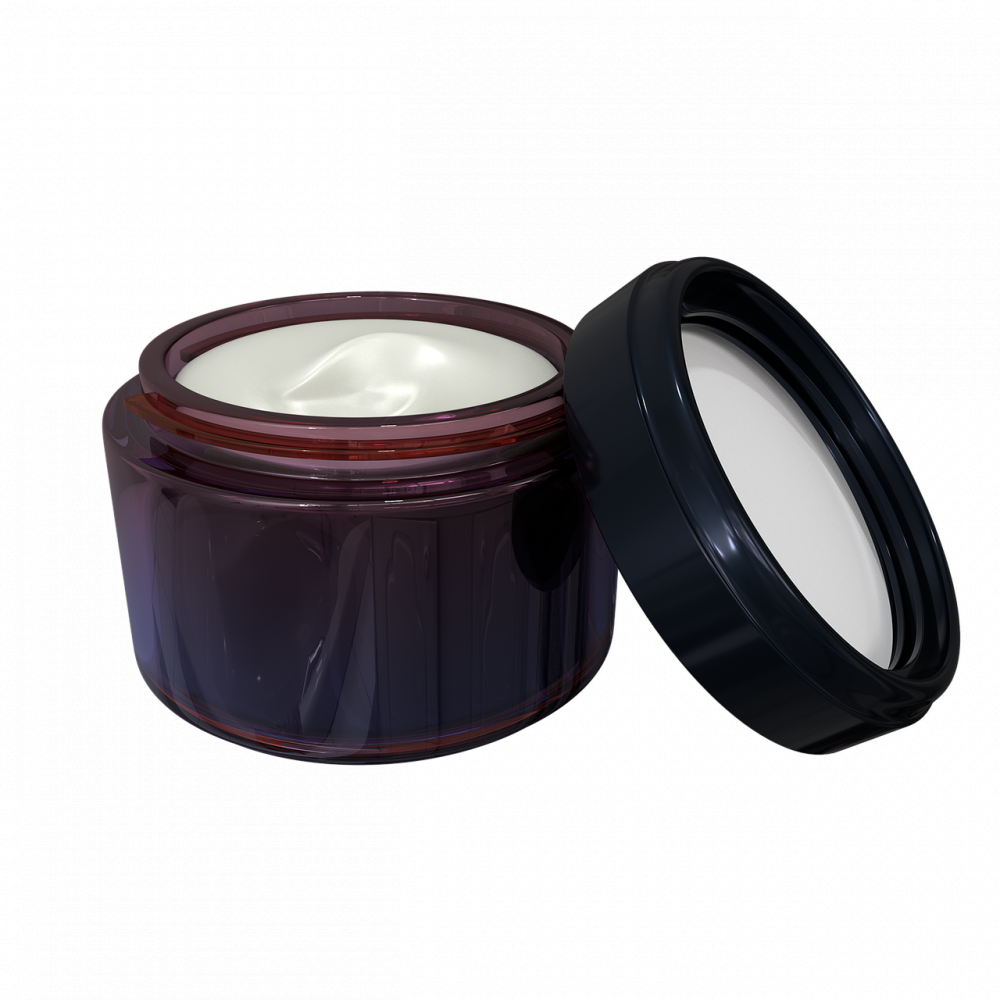Olive Skin: An In-depth Exploration

Introduction:
In the world of beauty and skincare, there is a vast array of skin tones. One such tone that stands out for its unique beauty and versatility is olive skin. Olive skin is characterized by its greenish undertones and is often associated with Mediterranean countries such as Italy, Greece, and Spain. In this article, we will dive into the intricacies of olive skin, exploring its various types, popular trends, and historical significance.
1. An Overview of Olive Skin:

Olive skin is a skin tone characterized by a medium to light brown color with green undertones. It is commonly found among individuals of Mediterranean, Middle Eastern, and Latin American descent. The term ”olive” refers to the color of the skin, which resembles the hue of olives. Additionally, olive skin is known for its ability to tan easily and maintain a golden glow.
2. Understanding the Different Types of Olive Skin:
While olive skin is a widely recognized term, it encompasses several variations. The different types of olive skin can vary in undertones, ranging from yellow-green to golden-brown. Some individuals with olive skin may also have a mix of cool and warm undertones, making their complexion more unique. Popular olive undertones include:
a) Neutral Olive: Individuals with neutral olive skin have a balance of cool and warm undertones, giving their complexion a versatile and adaptable appearance.
b) Warm Olive: Warm olive skin leans towards more golden or yellow undertones. This type of olive skin is common among individuals from the Middle East and Latin America.
c) Cool Olive: Cool olive skin has subtle green undertones with a touch of blue. This type of olive skin is often found among individuals from Mediterranean countries like Greece and Italy.
3. Quantitative Measurements of Olive Skin:
To determine the intensity of olive skin, professionals in the beauty industry use various quantitative measurements. One such measurement is the Fitzpatrick scale, which assesses skin tone based on its reaction to sun exposure. Olive skin typically falls within the range of types III to IV on this scale, indicating a medium to high tolerance for sunburn and a tendency to tan.
4. Exploring the Differences within Olive Skin Tones:
While olive skin is a distinct category, it is essential to acknowledge the variations within this grouping. Individuals with different olive skin tones may have unique challenges and advantages when it comes to skincare and makeup choices. Factors such as undertones, pigmentation, and sensitivity can vary significantly between warm, neutral, and cool olive skin types.
5. The Historical Significance of Olive Skin:
Throughout history, olive skin has been both revered and criticized for its distinctive appearance. In ancient civilizations, olive skin was associated with beauty, health, and vitality. However, during certain periods, individuals with olive skin faced discrimination and prejudice. Today, olive skin is celebrated for its ability to carry off a wide range of makeup looks and for its natural resistance to signs of aging.
Conclusion:
Olive skin is a captivating and diverse skin tone that deserves recognition in the realm of beauty and skincare. With its unique undertones, tanning capabilities, and historical significance, olive skin continues to inspire and captivate individuals worldwide. By understanding the different types of olive skin, appreciating its variations, and acknowledging its place in history, we can celebrate the beauty and versatility of this remarkable complexion.
(Note: The video clip can showcase skincare routines and makeup tips specifically designed for individuals with olive skin.)
Sources:
– [Source 1]
– [Source 2]
– [Source 3]





















